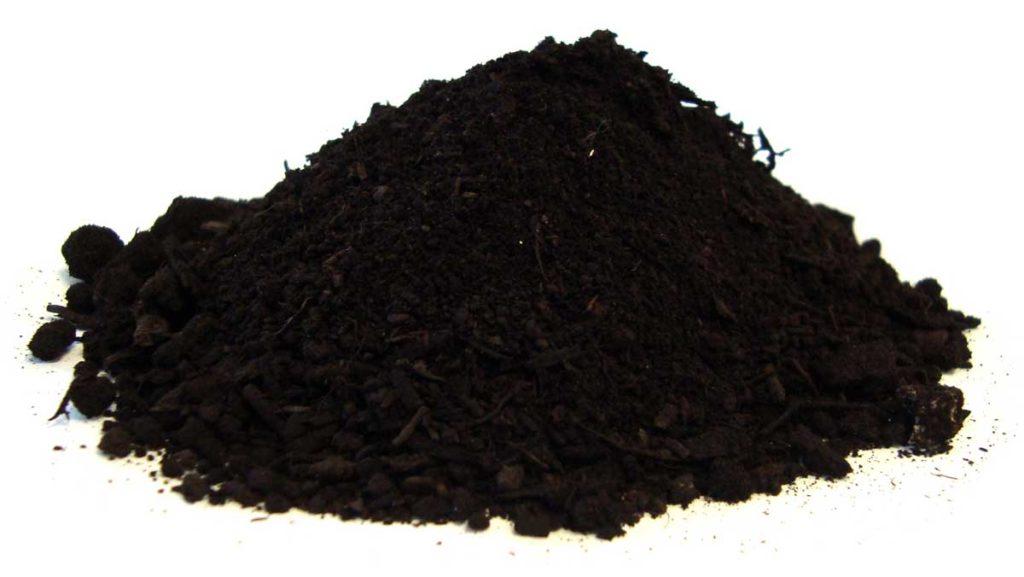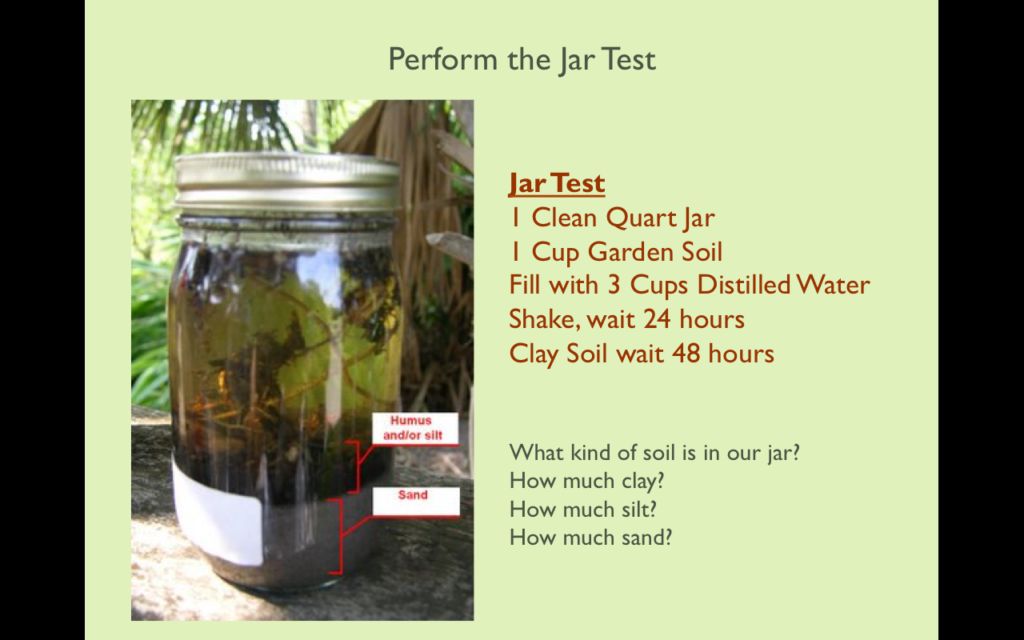WHY IS SOIL QUALITY IMPORTANT?

Soil is quite possibly the most important part of any garden. It allows you to grow in confidence knowing that your plants are receiving exactly what they need, when they need it. Feed the soil and the soil feeds the plant. This philosophy not only allows for a good growing season, but also many more for generations to come.
SO, WHERE DO I BEGIN?
There are a few things that make up healthy soil for hemp and cannabis. These plants originate, and thrive, in Central-Asia. Cannabis seems to have originated around the Hindu Kush mountain range on the Afghan-Pakistan border.
Mimicking similar conditions in your soil allows for the plant to thrive. There is a lot of information out there on soil, but here we’re going to keep it simple.
WHAT TYPE OF SOIL IS BEST FOR CANNABIS AND HEMP?

Cannabis and Hemp both prefer rich, well drained, loamy soil. If you are growing indoors, or in a raised bed, then adding grit of some kind (vermiculite, sand, pebbles, or perlite) to organic potting soil would create an ideal soil.
This allows for proper drainage, and gives the plants room to spread their roots easily. This also allows for quicker rooting, stronger plants, and reduces the likelihood of root rot. Root rot occurs when the roots sit in stagnant water for an extended period of time.
A typical ratio would be around 1:4 of grit to potting/garden soil. So one handful of grit to four handfuls of potting/garden soil.
[PRO TIP] Potting vs. Garden soil.
Potting Soil contains minerals, plant material, and rocks. Ideal for pots.
Garden Soil contains sand, silt, clay, loam, and minerals. Ideal for amending ground.
Soil Types:
Clay:
- Clumps and tacky when wet
- Almost stone when dry
- Poor drainage
- Low oxygen content
- Slow to warm up
- Heavy and thick
- If drainage is improved, plants grow well as it holds more nutrients than many other soils
Sand:
- Very good drainage
- Grainy
- Quick to warm
- Easy to shift
- Dries fast
- Doesn’t easily retain minerals due to free flowing nature
Silt:
- Smooth and silky
- Good drainage
- Holds water well
- Softer than clay, more solid than sand
- Denser than sand
- Easily compressed
Peat:
- Acidic pH
- Contains more organic matter (peat) because of acidic pH
- Slow to allow for decomposition
- Dark in color
- Warms up quickly in spring
- Highly water retentive
Chalk:
- Alkaline pH
- Usually rocky
- Very good drainage
- Often sits atop limestone or chalk bedrock
- Can rob plants of certain minerals and lead to deficiencies
- Adding fertilizers or mixing with other soils can help with mineral absorption
Loam:
- Ideal growing conditions
- Good drainage
- Retains Moisture
- Nutrient Dense
- Easy to move and shape
- Warms up quickly and slow to dry out
When growing cannabis or hemp, loamy soil is what we’re after, but any soil with the right modifications can suffice. If you are unsure of your soil conditions there is a test than can be done to get a better idea.
SOIL TYPE TEST

With a clear glass jar, fill the bottom third with a scoop of soil and fill the rest with water. Leave one inch at the top for air. Screw on the lid and shake the jar vigorously. Leave to settle for two hours (or overnight).
When you return the jar will have settled the soil in layers. The bottom layer will be sand, with silt in the middle, and clay resting on top. Based on how much soil makes up each area you will be able to see what percentage of each type you have and where to make adjustments if necessary.
IDEAL SOIL
Loamy soil is ideal for growing cannabis and most other gardening plants. Creating a loam soil is an ongoing process that can take up to six years outside.
To start, simply amend the soil with organic material. This can include compost, animal manure, worm castings, etc. Just be sure you are buying content that is from a reputable source. This helps to avoid any unnecessary pests or disease.
Apply the organic matter to the soil and mix them together with a tiller or rotavator. Use of mulch or compost can be added throughout the year to continue the process. This retains an environment that promotes the healthy decomposition of organic matter.
Worms can help with soil aeration and better drainage. They work through the soil creating paths from roots to grow and oxygenate, and allow water to flow more easily.
[PRO TIP] For quicker growth, Mycorrhizal Fungi can used to increase the rooting process. It is simply sprinkled onto the current root ball and into the new hole where the plant is being transported. This is done when plants are moved from their pots into the soil or from seed blocks into pots.
Mycorrhizal Fungi is a “good fungus” that has a beneficial symbiotic relationship with the plants roots. It feeds them more water and oxygen than they would normally receive. Leading to quicker more efficient growth.
PROPER PH BALANCE FOR GROWING CANNABIS AND HEMP

A neutral soil pH is what is ideal for cannabis growing conditions. To achieve this you can use pH “up and down” kits to balance the soil. These are easily purchased online or at many garden centers.
Another way to achieve a neutral soil pH is to be aware of what fertilizers you are using and the pH they contain. For a soil that is slightly alkaline, an organic acidic fertilizer can be applied to bring it back to neutral. Many natural fertilizer companies sell fertilizers based on soil pH, so finding the right one for your soil is user friendly.
[PRO TIP] Water has a PH as well. Knowing your waters pH can go a long way in keeping your soil pH neutral.
TIPS FOR IMPROVING SOIL WHEN GROWING INDOORS

There are two ways to keep the soil full. One is by use of liquid fertilizers. These can be applied to the soil once mixed and diluted with water. Each container has unique instructions so be sure to read and follow these instructions for the best results. These fertilizers are often used once a week.
Another way is through use of solid fertilizers. These tend to break down slower and require less maintenance. Once solid fertilizer is applied on the soil, just give it a good soak with water and you shouldn’t have to re-apply for at least a month.
With any fertilizer you purchase, be sure to buy from a reputable source. Also, be sure to use proper fertilizers based on what nutrients your soil currently lacks. A good way to check this is by use of a soil mineral test kit. These kits are good to have on hand for checking levels and maintaining a healthy soil throughout a growing season.
Before transferring plants to a pot it’s recommended to mix your soil. This will allow you to have a uniform soil throughout the entire pot.
HOW TO POT YOUR PLANTS

In a separate tub or container, mix your soil and grit. For example, if you are seeking a 1:4 ratio in a five gallon container, place 5 handfuls of grit and 20 handfuls of soil. Mix them well by turning them over with your hands or a small spade until the grit is thoroughly mixed into the soil.
There should be no pockets clumps of grit together. Then place a few handful of this mix into the bottom of the designated pot for your plant to sit on top.
Remove the plant from its current container, and place into the pot. Fill around the sides until you reach the plants base. No need to pack it down hard.
Simply give it a good soak with water until water drips out of the bottom through the drain holes. Now set in an area with appropriate light and ventilation.
[PRO TIP] When potting any plant, make sure that there are holes in the bottom to allow for adequate drainage. This will help with air flow as well, not letting water build up to create a medium for root rot or any other fungi/bacterial growth.
TIPS FOR IMPROVING SOIL WHEN GROWING OUTDOORS
In outdoor applications there are a few things to remember when it comes to keeping your soil healthy and nutrient dense. If you are growing year round in the same location, then organic fertilizers are a must to keep the soil happy and healthy.
Before planting, a nitrogen rich fertilizer can be applied to the soil in liquid or solid format. This assures that the plants that will have sufficient energy during their early stages of growth. With liquid feed, it will have to be re-applied every week or so based on your growing conditions.
Solid feed can be applied once and left for a month or so. This is because most solid organic fertilizers break down slowly and the plants can absorb it at their own pace. Solid fertilizer also lowers the risk of chemical burns due to its slow absorption. Once pre-flowering begins, a more phosphorus rich fertilizer is recommended to promote flower growth.
COVER CROPS

There are a few good cover crop options if you are rotating your outdoor growing space. Alfalfa is great to grow as a cover crop as it returns nitrogen to the soil. This lets cannabis/hemp grow dense, strong, and leafy and is ideal for the first 4-6 weeks of growth.
Common Buckwheat also works great as a cover crop for crop rotation because it returns phosphorus to the soil. This will be used when the plants go into flowering and is used to produce high quality flowers.
The way cover crops work is they they pull certain nutrients up from the soil and store them within the plant. To receive the benefits of these nutrients, once the plants flower cut/mow it down and leave it on the soil. They then can then be cultivated into the soil or thrown on the compost heap to return these sought after nutrients back into the soil at a later time. This allows for a completely organic and sustainable way to grow your crop for years to come.



0 Comments